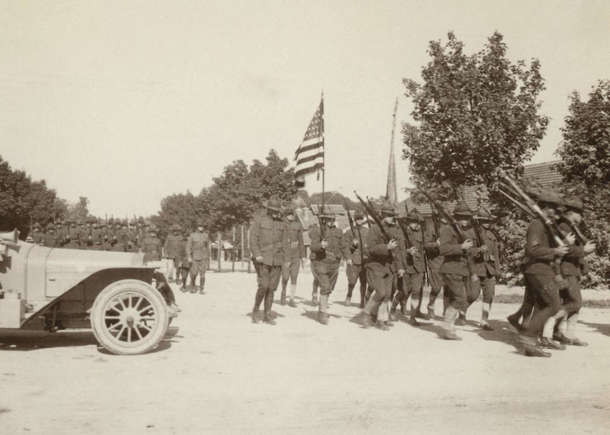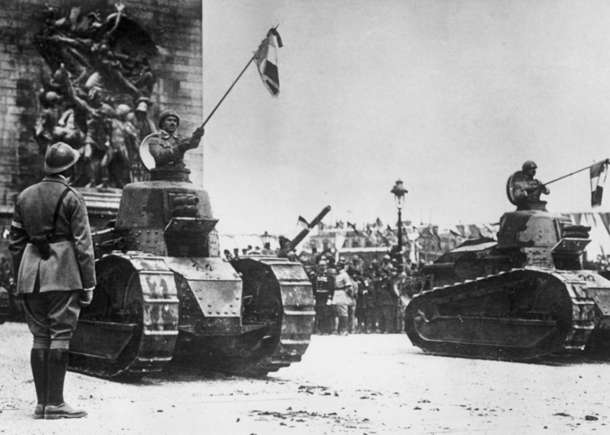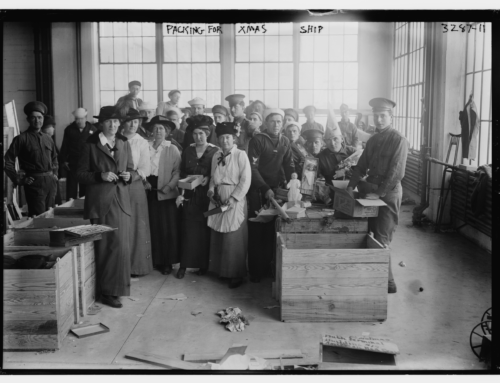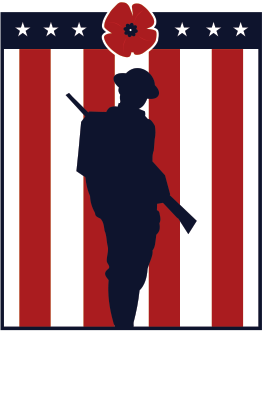50 facts about WWI only true history buffs know
Published: 8 August 2025
By Alexander Raeburn
via the msn website

AEF forces
First American combat forces arrive in France on June 24, 1917.
A timeline of WWI, the first global conflict
The devastation and scope of destruction brought about by World War I was unlike anything humanity had seen before. Known initially as the Great War, the conflict took place in various theaters spanning the globe, though the initial acts that instigated it and the treaties made at the war’s end both originated in Europe.
After the assassination of Archduke Franz Ferdinand by young revolutionaries—an act known as “the spark,” which ignited the conflict—the Austro-Hungarian Empire declared war on Serbia. Shortly after, Germany took up arms alongside the former and—along with the Ottoman Empire and Bulgaria—formed the Central Powers. Russia, France, and the United Kingdom were early to join the allied effort, and others soon followed. The United States remained neutral until early 1917, just under two years before the conflict ended.
2025 marks the 111th anniversary of the onset of World War I, which involved more than 30 nations and lasted more than four years. The conflict engaged nearly 65 million soldiers from various nations. Civilians served the war effort by working for supporting industries, volunteering on or near the front lines, and taking jobs left vacant by soldiers sent to fight. In addition to the workforce, industrial tactics used by all sides advanced the art of warfare throughout the conflict. Britain took control of its resources to produce massive amounts of weaponry and ammunition. Medical advances were developed to stem the loss of life, though the war would end up taking approximately 16 million lives.
Amid the horrors of the war, once-great empires fell. Both the Middle East’s Ottoman Empire and Europe’s Austro-Hungarian Empire ceased to exist when the war finally ended. The resulting peace treaties—including the Treaty of Versailles and separate treaties between the United States and Germany, Austria, and Hungary—led to massive military restrictions and reparation practices in the defeated nations. These conditions laid the groundwork for the rise of German national socialism, or Nazism—thus spawning the second monumental, global conflict, World War II, two decades later.
Stacker compiled a timeline of 50 historic events that occurred during World War I, using information from the U.S. Library of Congress and other news outlets, historical resources, and government reports.
→ Read the entire article on the MSN website.
External Web Site Notice: This page contains information directly presented from an external source. The terms and conditions of this page may not be the same as those of this website. Click here to read the full disclaimer notice for external web sites. Thank you.




